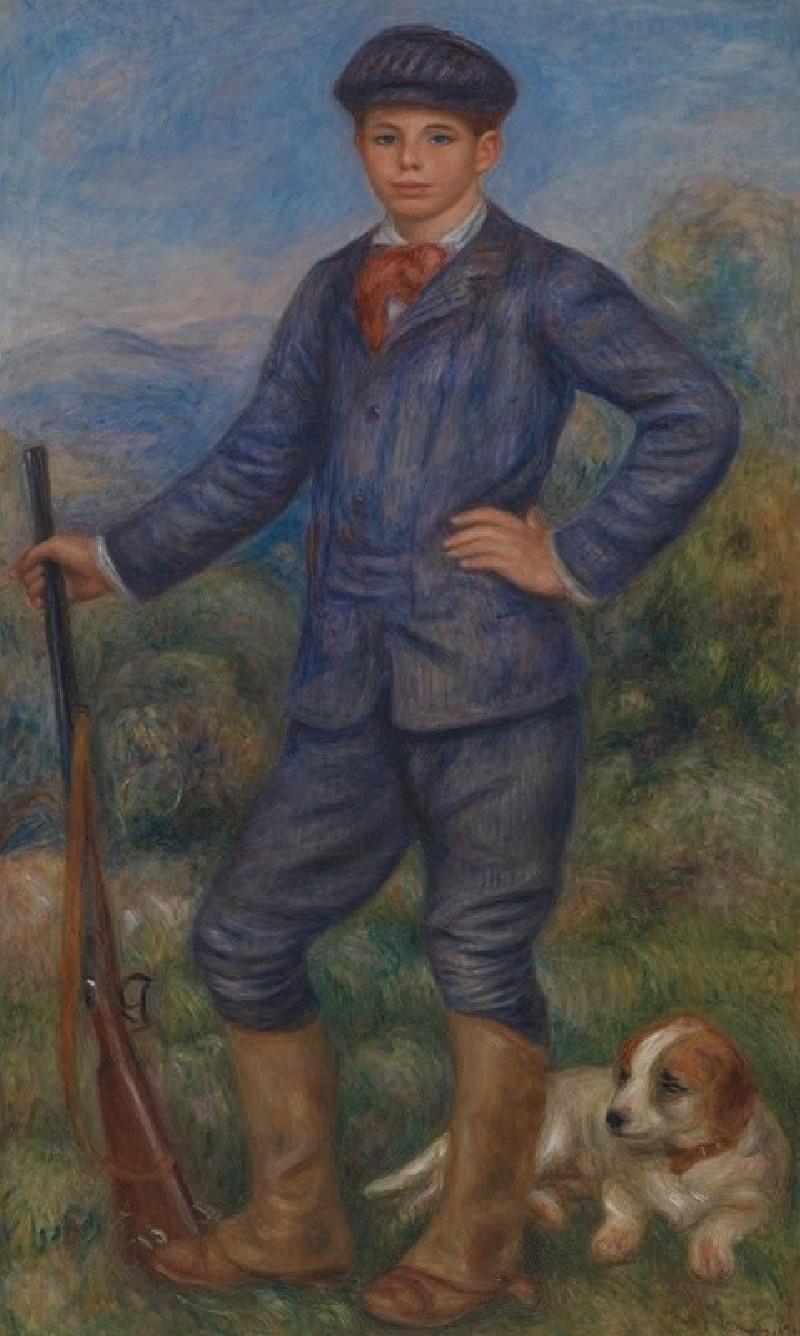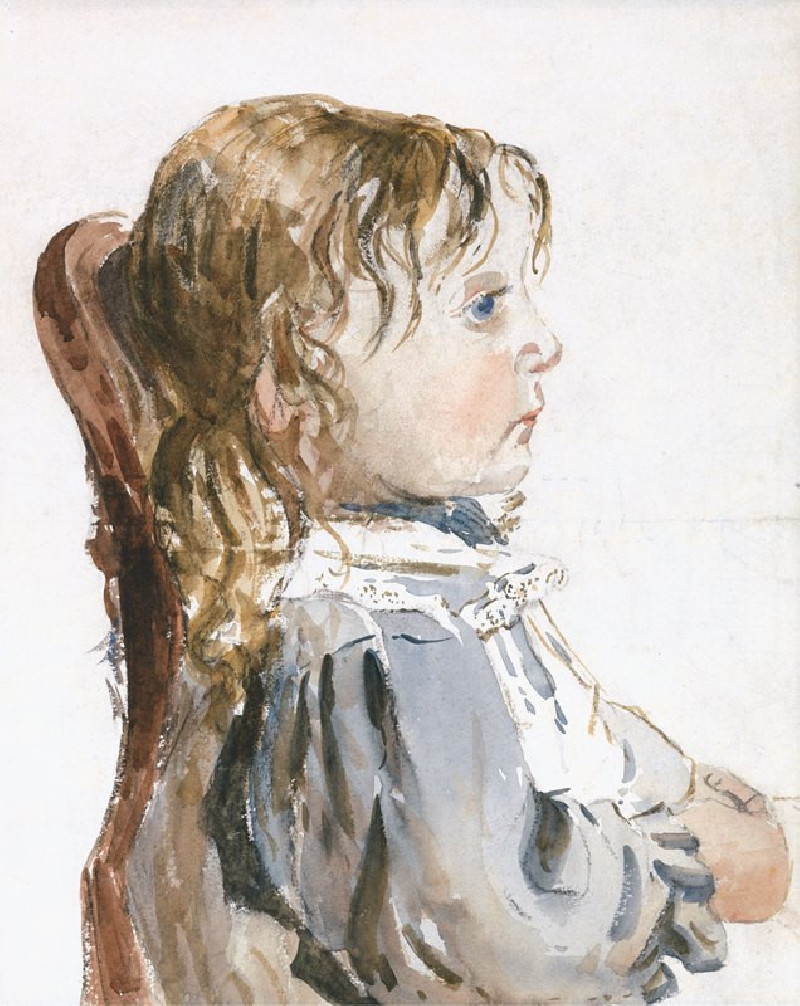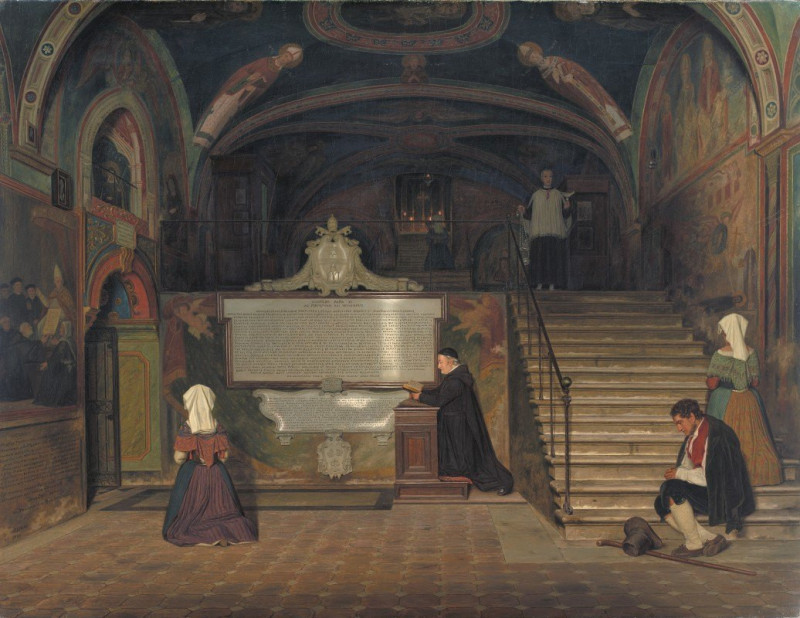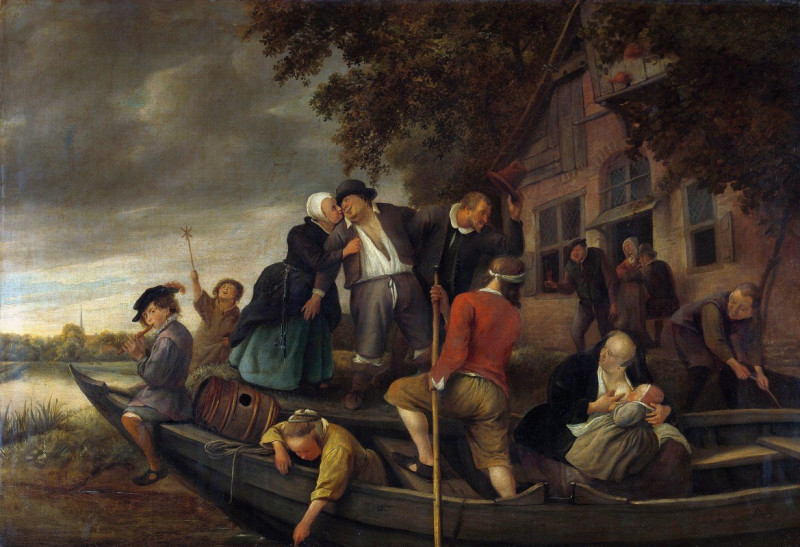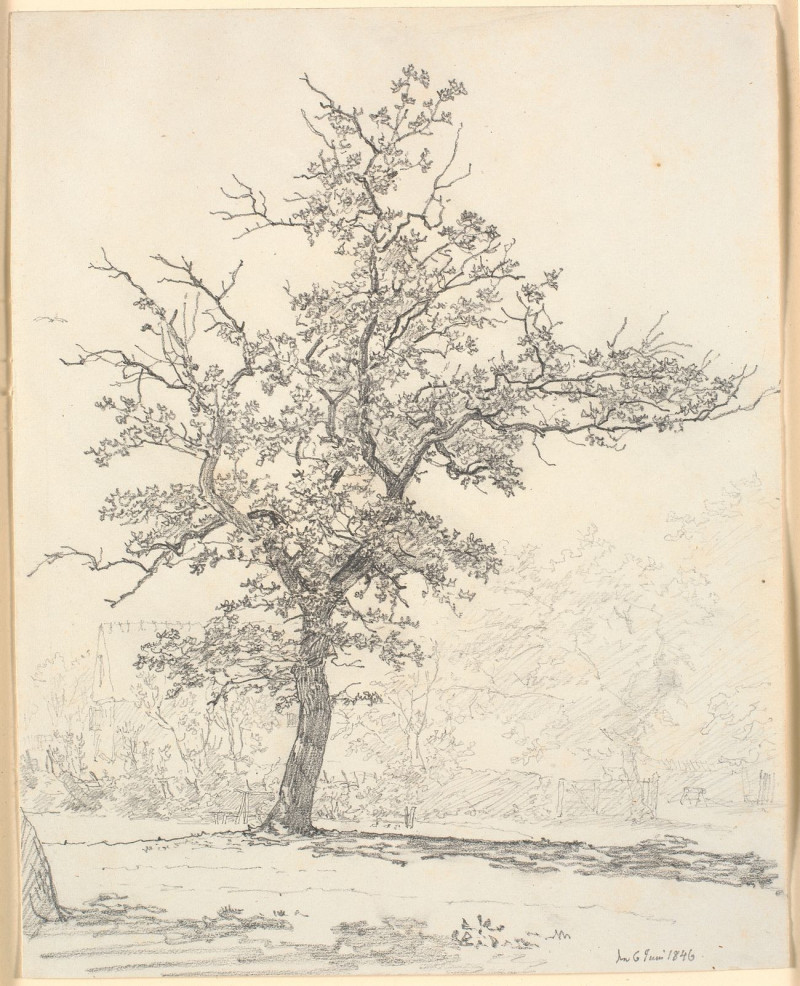Bank of the Seine in Autumn (1876)
Technique: Giclée quality print
Recommended by our customers
More about this artwork
Alfred Sisley's "Bank of the Seine in Autumn" (1876) captures the serene beauty of the Seine River during the tranquil season of autumn. This painting exhibits Sisley's mastery in portraying landscapes with a remarkable sensitivity to the variations of natural light and atmospheric conditions.In this impressionist work, the viewer is treated to a subtle, muted palette that conveys the cooling temperature and the soft, diffused light of autumn. The composition leads our eyes along a gently winding riverbank, bordered by tall, slender trees that are just beginning the transition to their autumnal hues. Fallen leaves scatter the foreground, suggesting the seasonal change, while a fallen tree trunk creates a natural line that draws the viewer’s eye deeper into the scene.In the background, through a delicate haze, one can barely make out a figure in a boat, perhaps a subtle nod to human interaction with nature, yet portrayed in such a way that it does not disturb the overall sense of peace and solitude. The distant riverbanks and the faint silhouette of a town add a layer of depth and context to the natural scene.Sisley’s application of light brushstrokes enhances the ethereal quality of the scene, evoking a sense of impermanence and the fleeting beauty of the moment. "Bank of the Seine in Autumn" stands as a testament to Sisley’s fascination with the outdoors and his continuous exploration of the interplay between sky, water, and earth.
Delivery
Returns
Alfred Sisley (1839–1899), an English impressionist artist, was renowned for his breathtaking impressionist landscape paintings. Born in 1839 to a wealthy family in Paris, Sisley spent most of his life in France. Despite being intended for a career in commerce, he rebelled and pursued his passion for painting as an amateur in the studio of Charles Gleyre, where he befriended artists Claude Monet and Pierre-Auguste Renoir. The financial loss of his family in the Franco-German War led Sisley to make a career out of his art, though it left him financially distressed. It wasn't until after his passing in 1899 that the true value of his work was recognized.

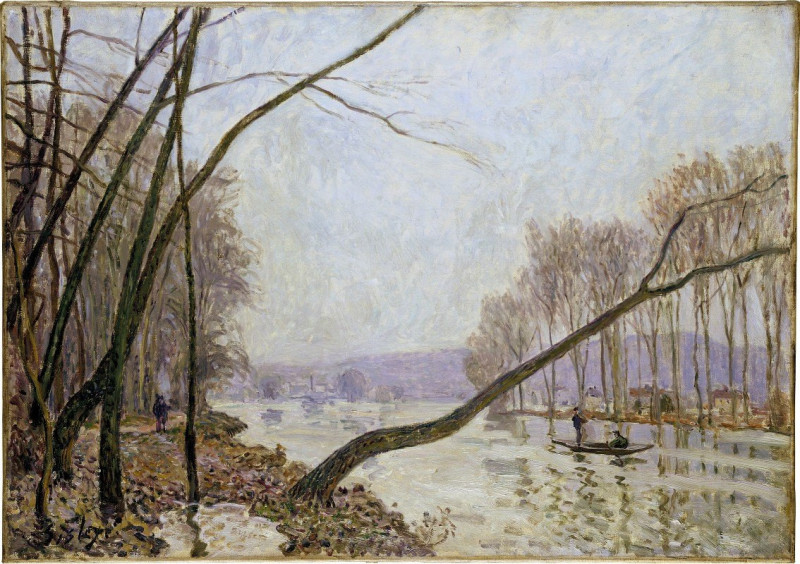

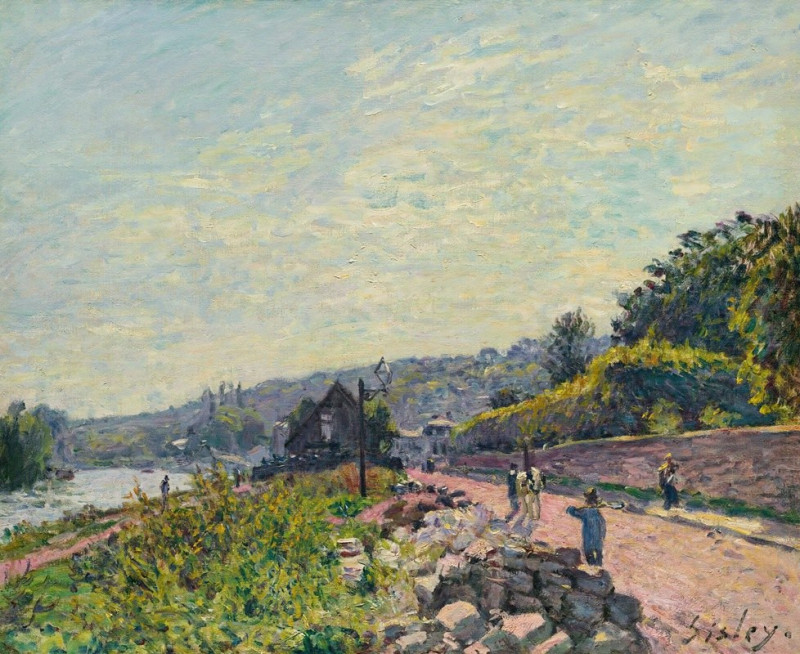
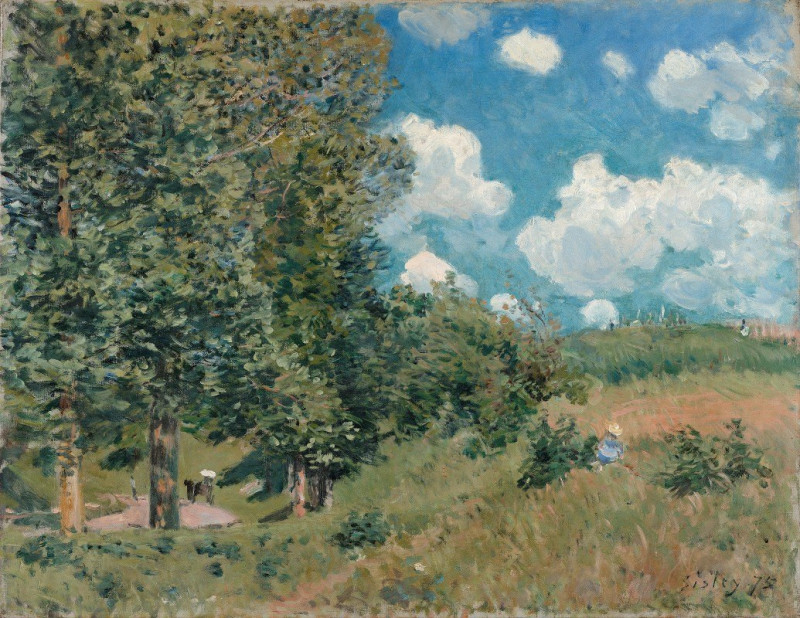
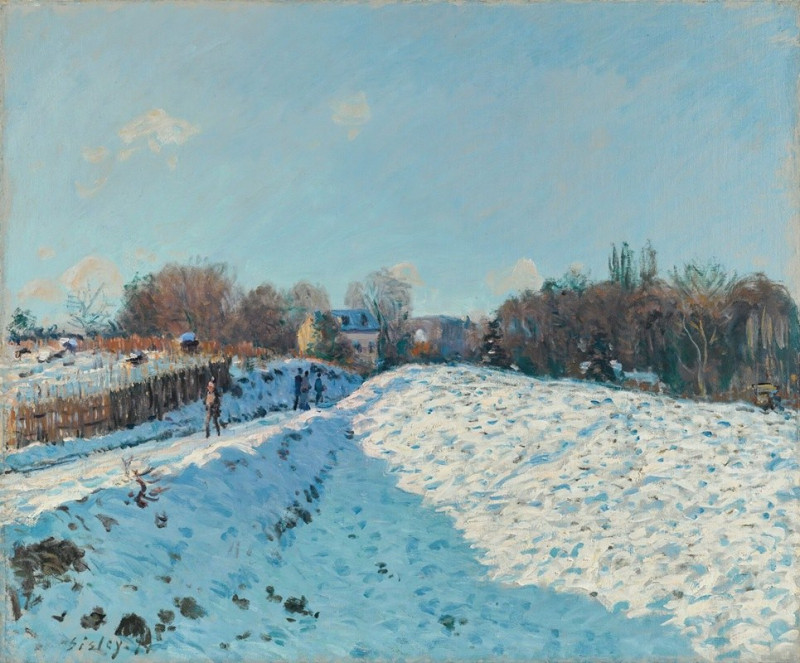
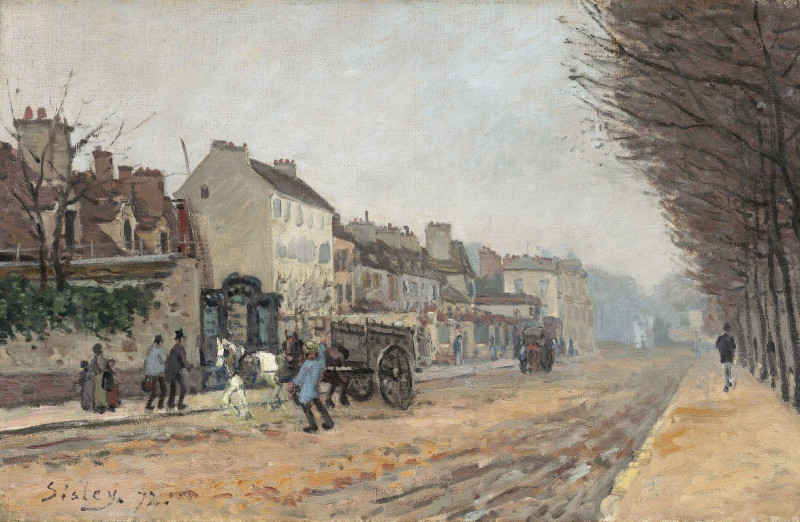
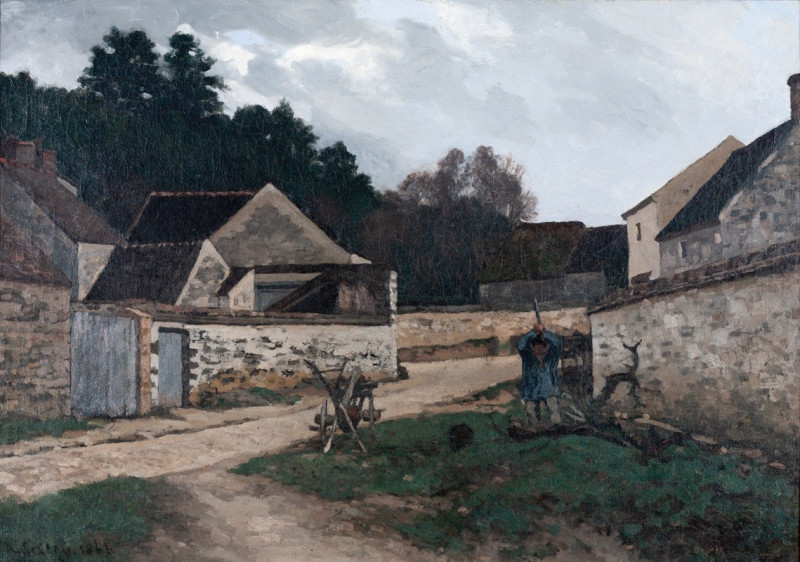


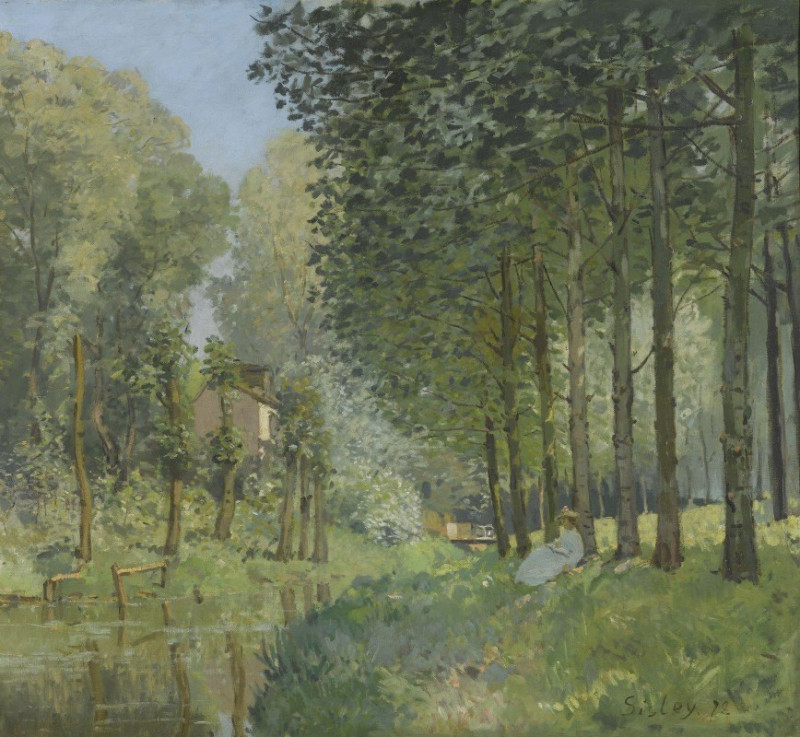
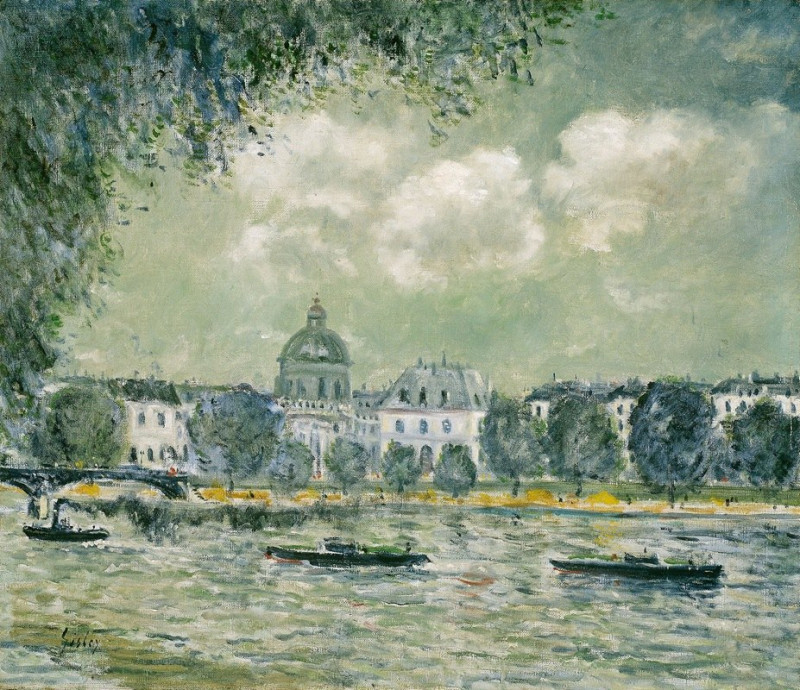
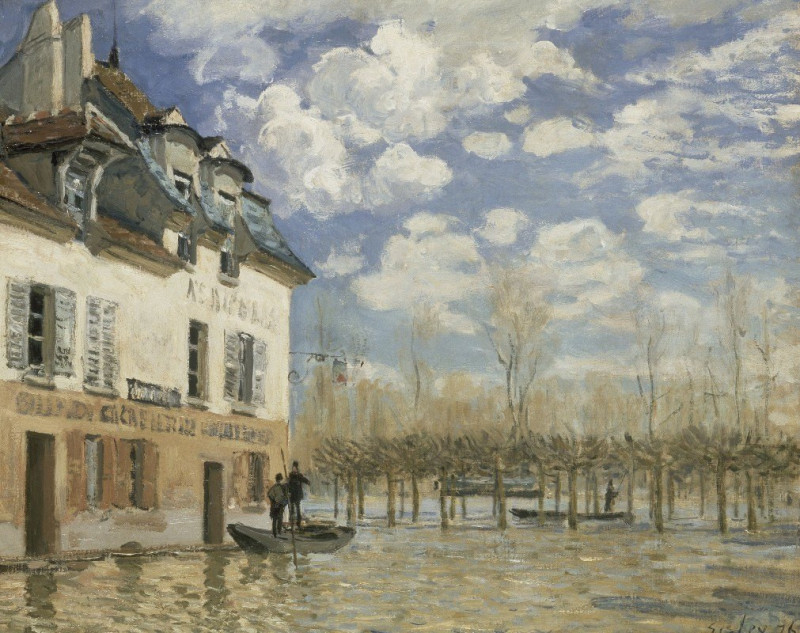



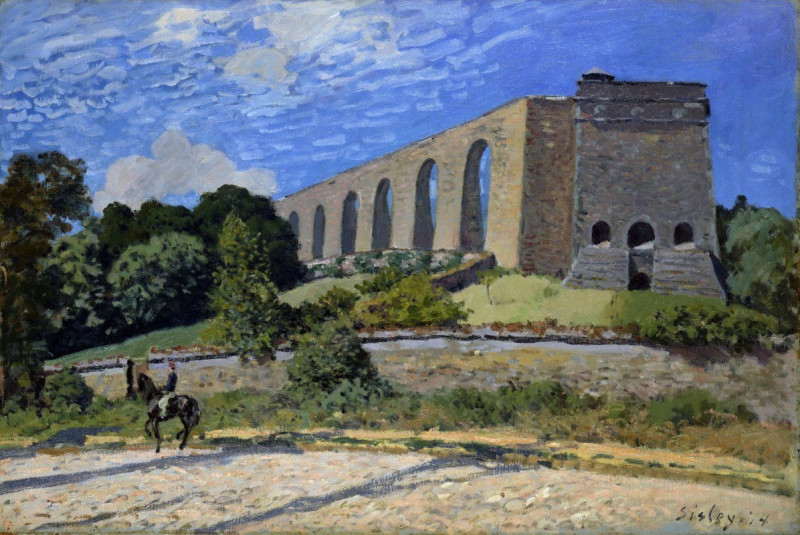
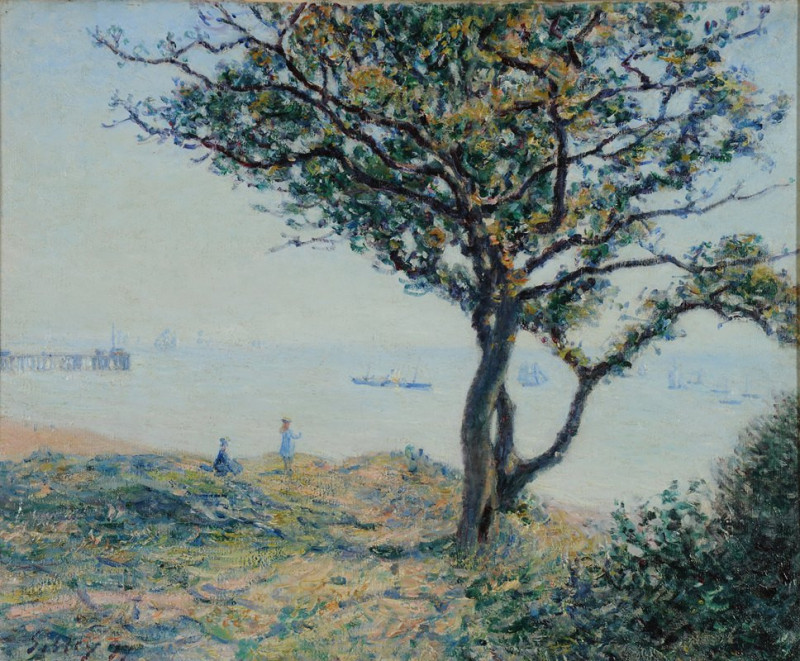
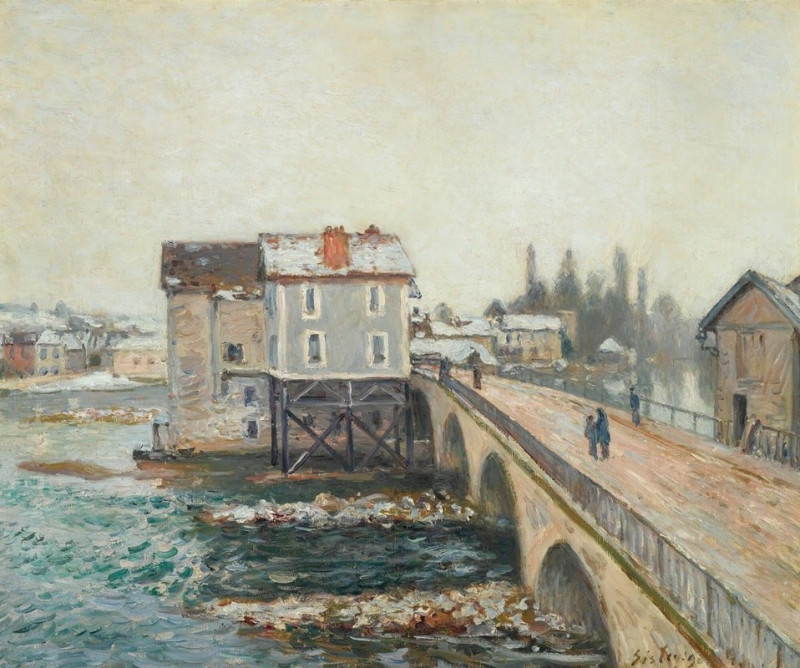
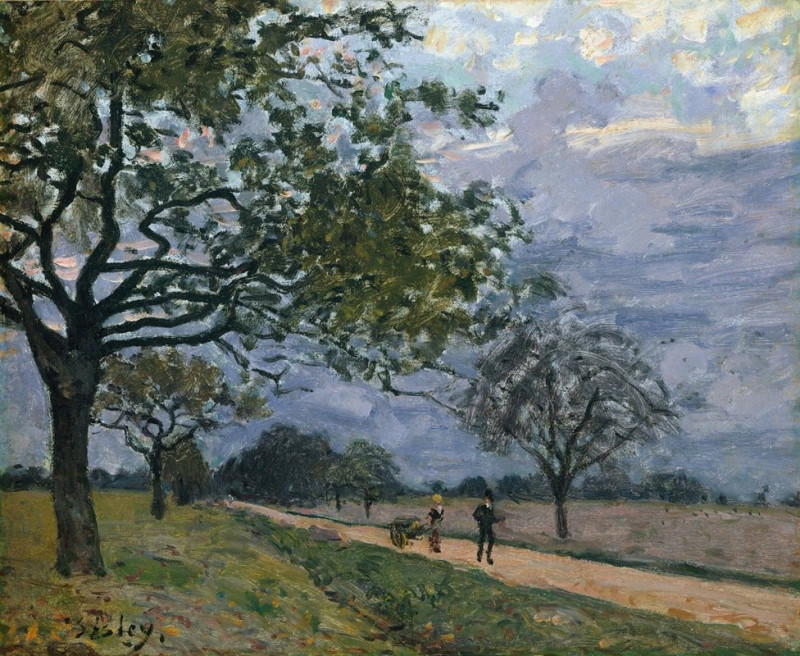
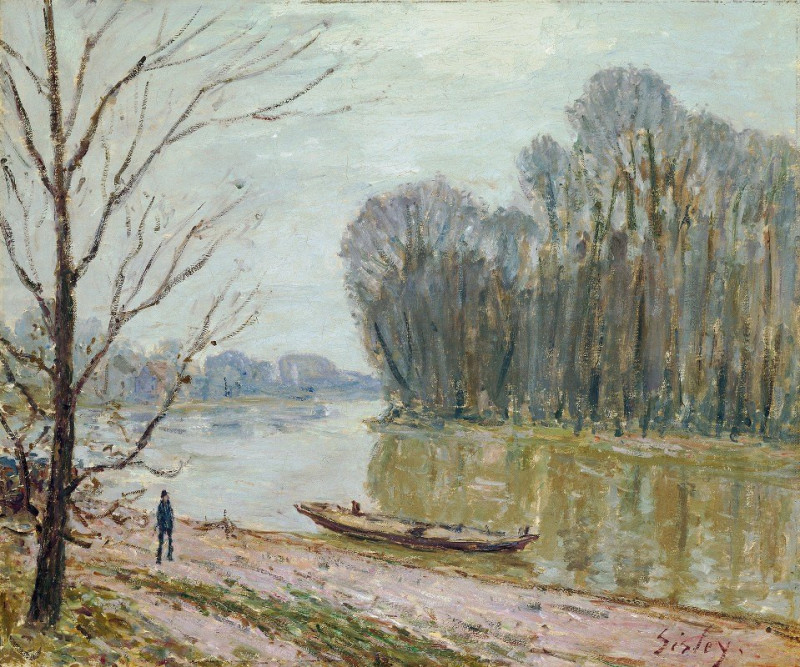
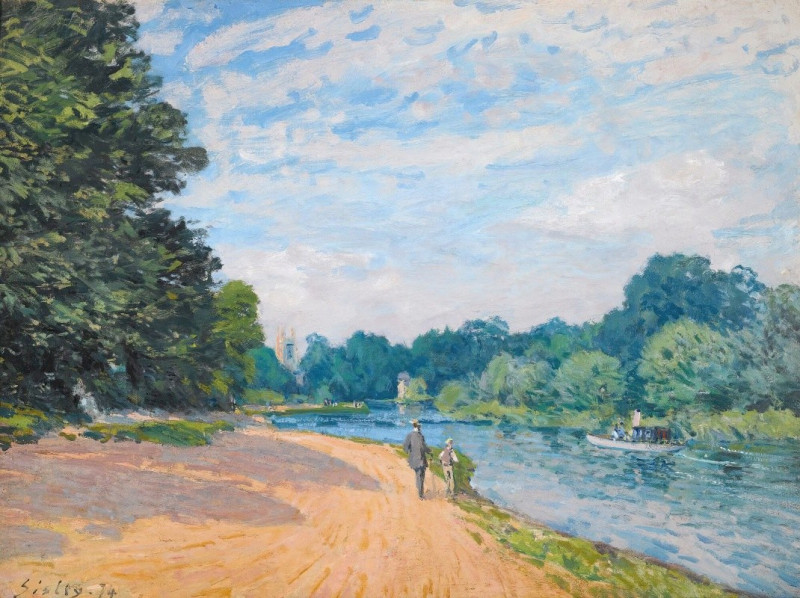
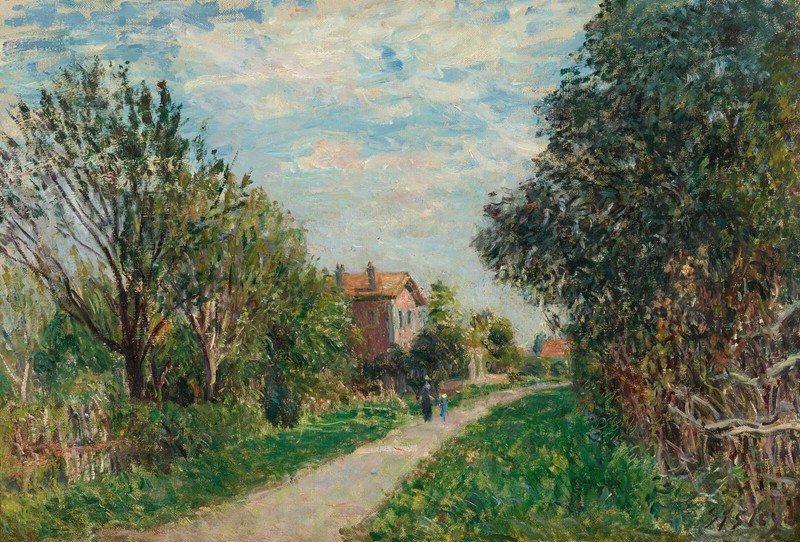


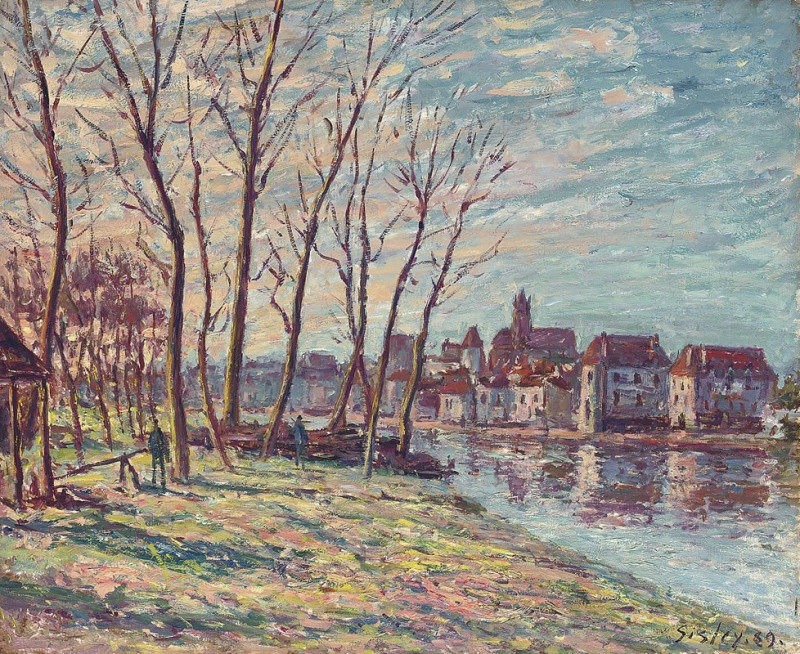
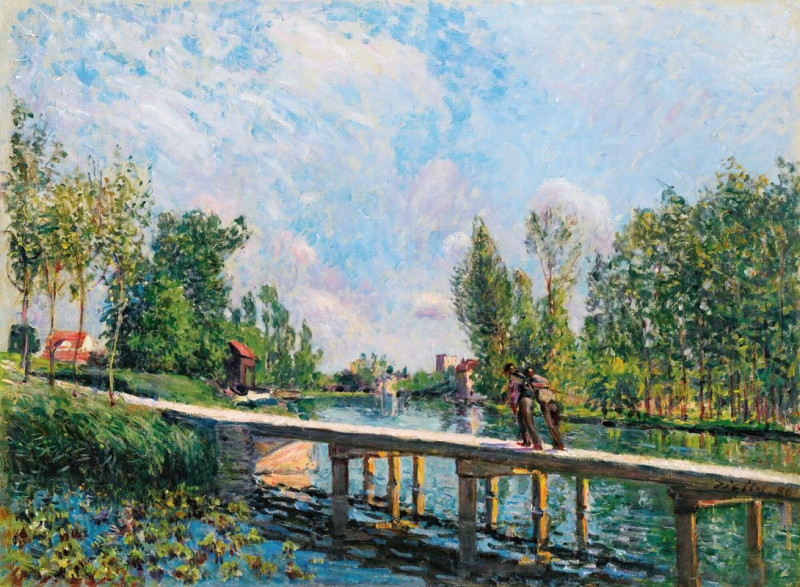


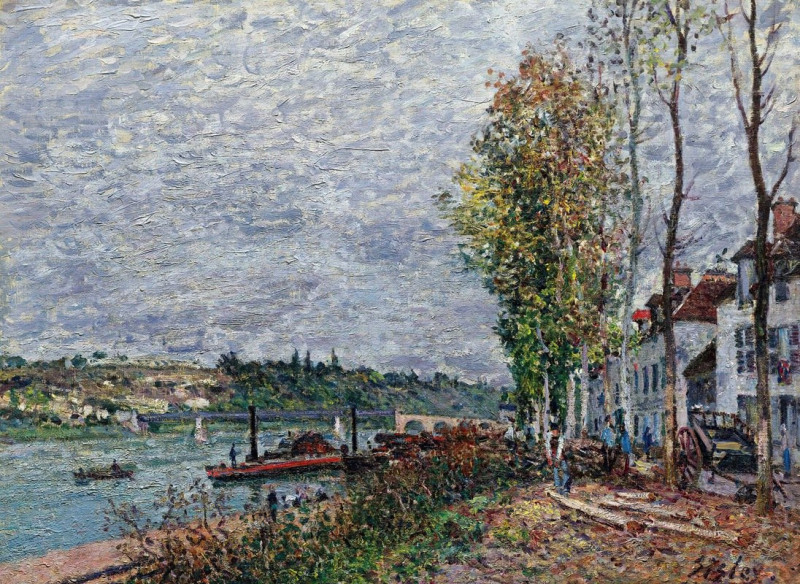

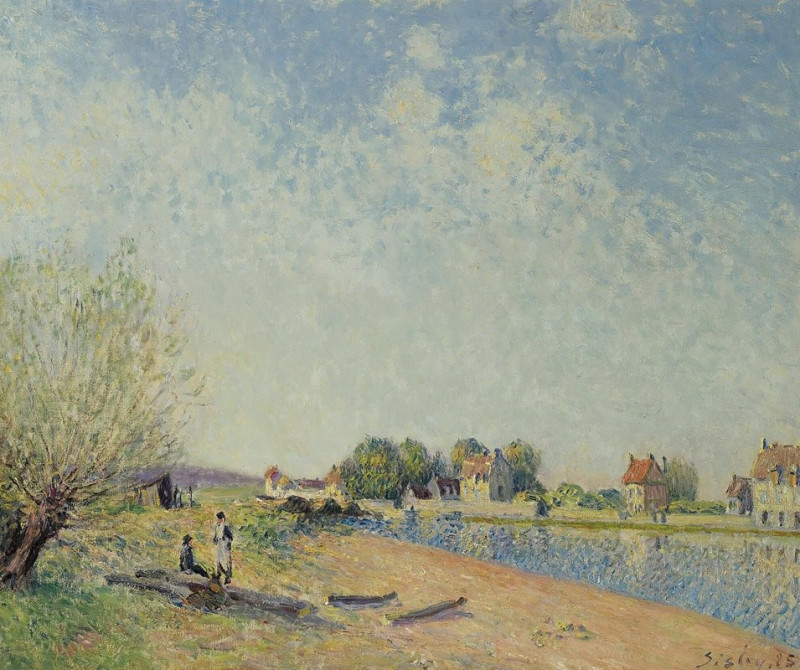
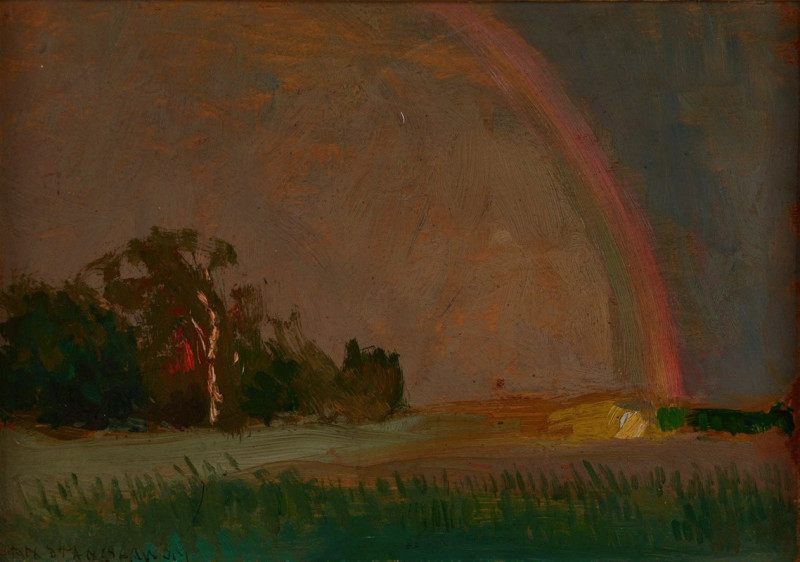
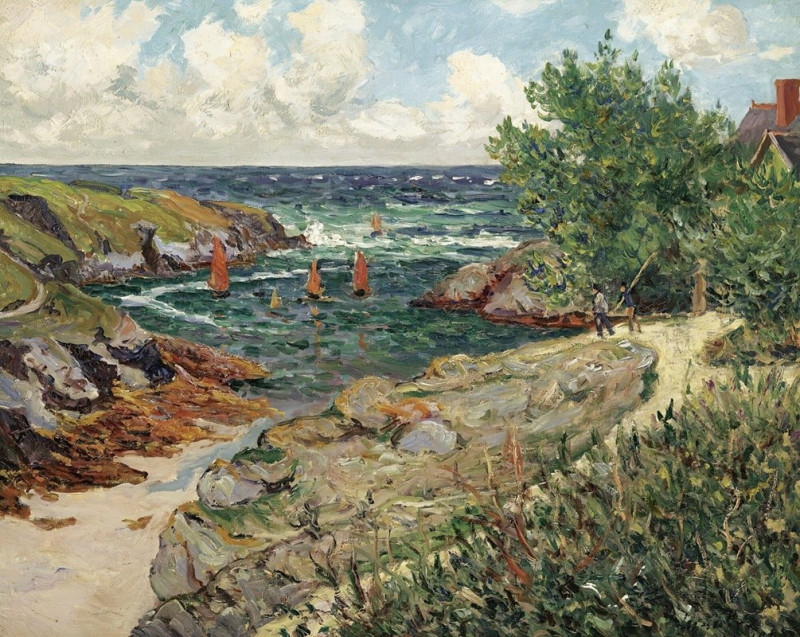
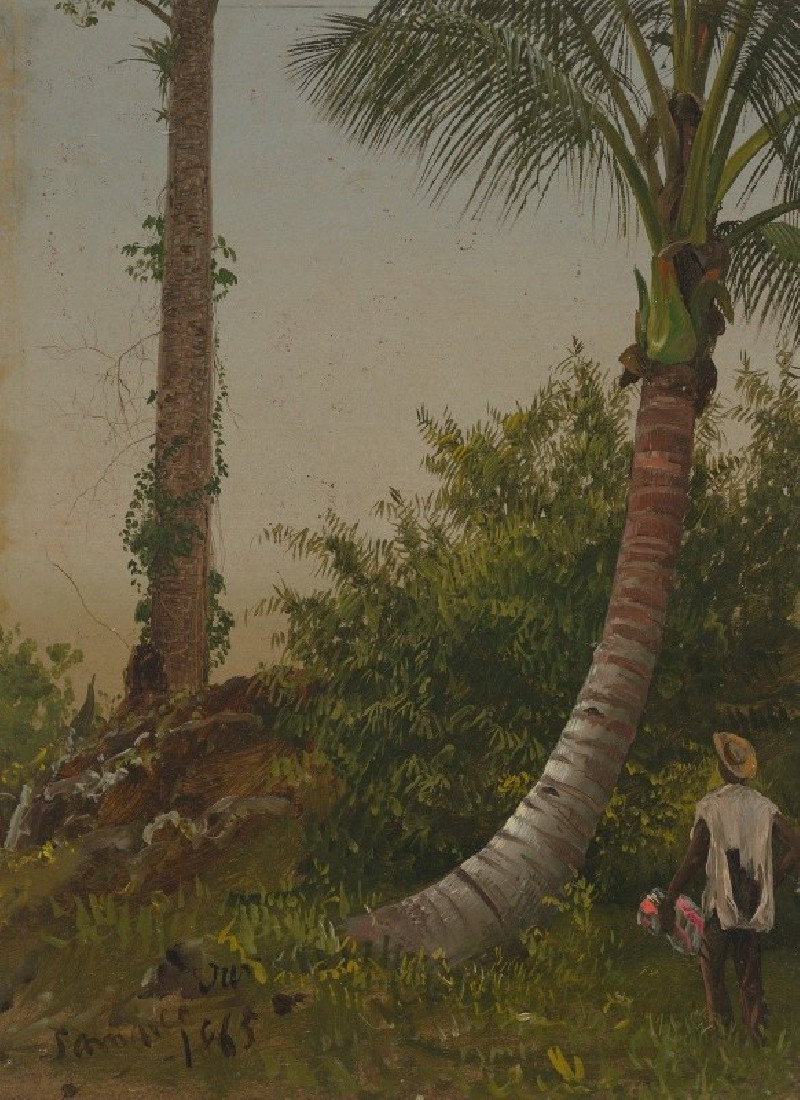


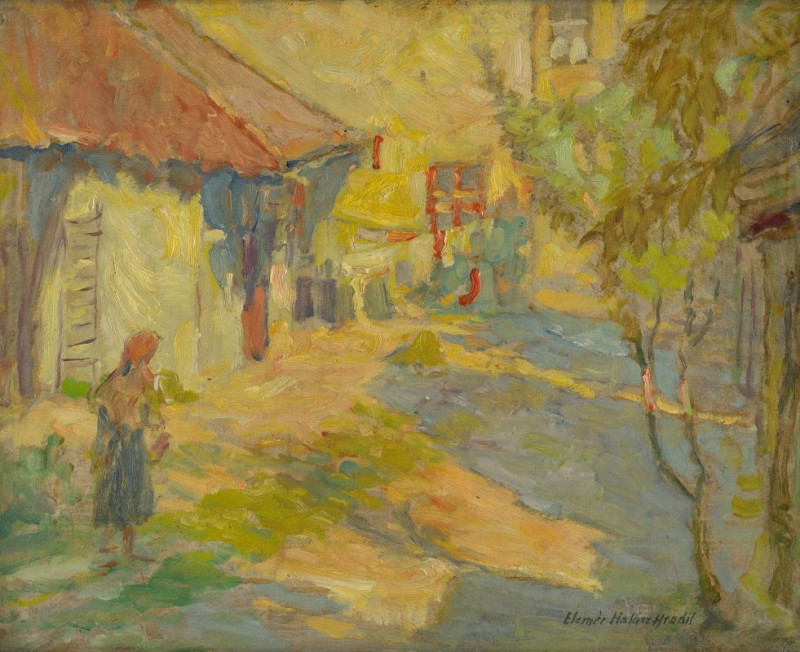

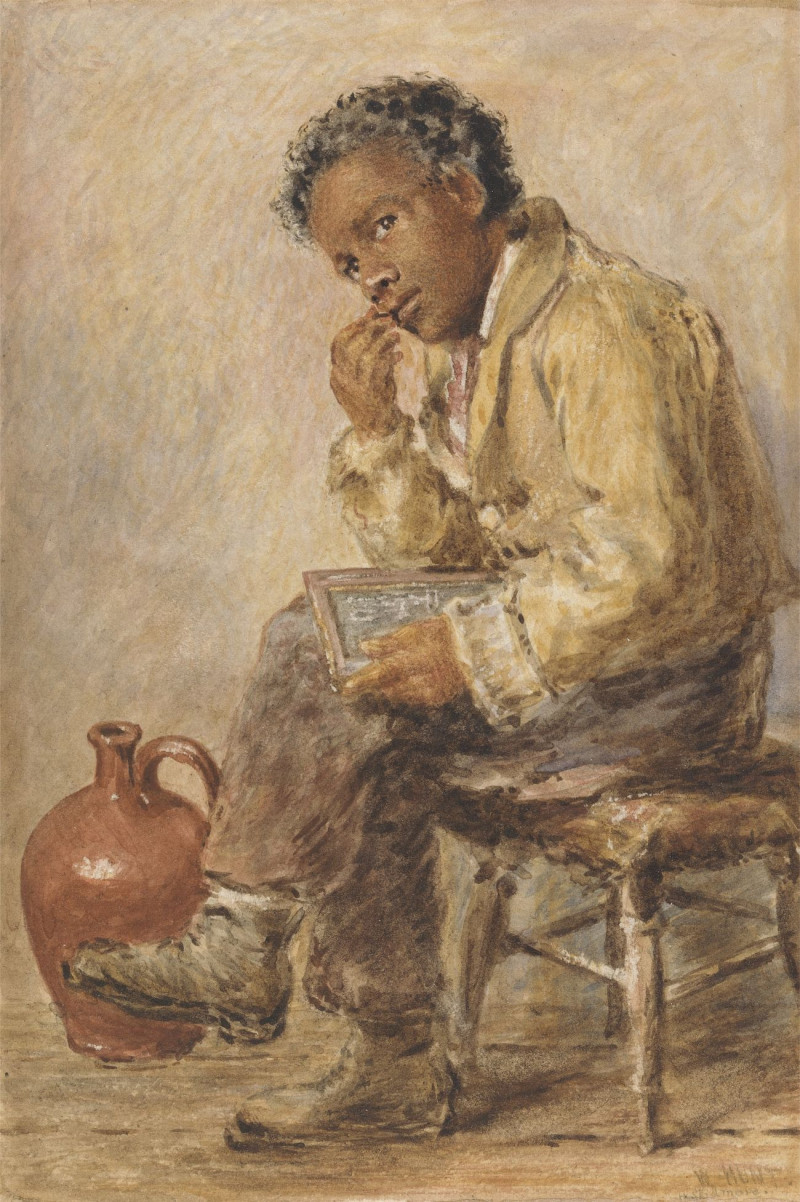
![At Rajemahal [Rajmahal] reproduction of painting by Samuel Davis. ALL GICLEE PRINTS](https://reprodukcijos.lt/45347-large_default/reproduction-of-at-rajemahal-rajmahal.jpg)

